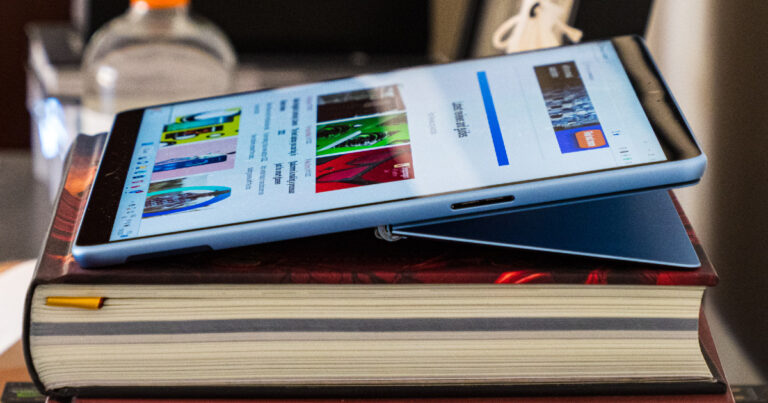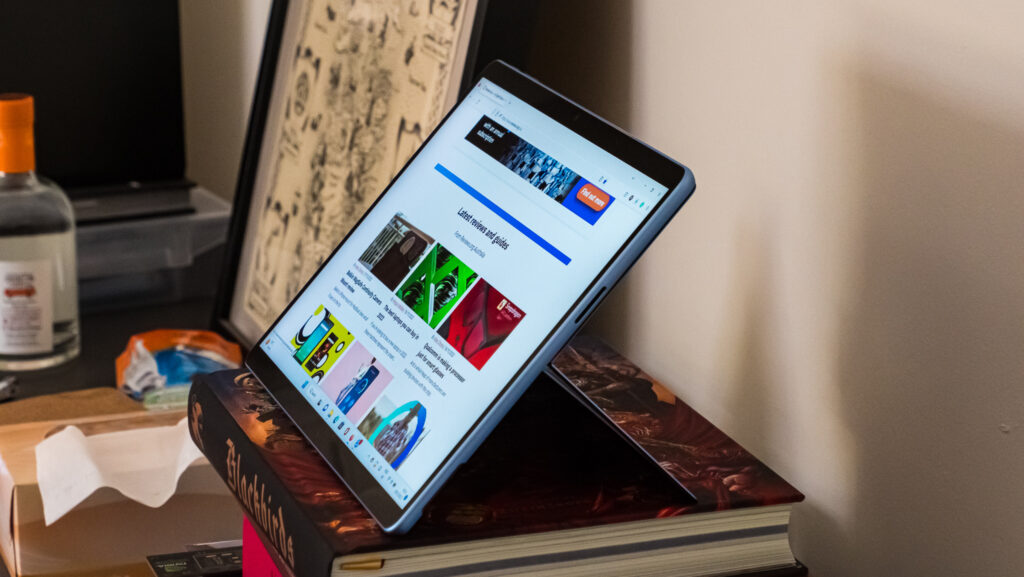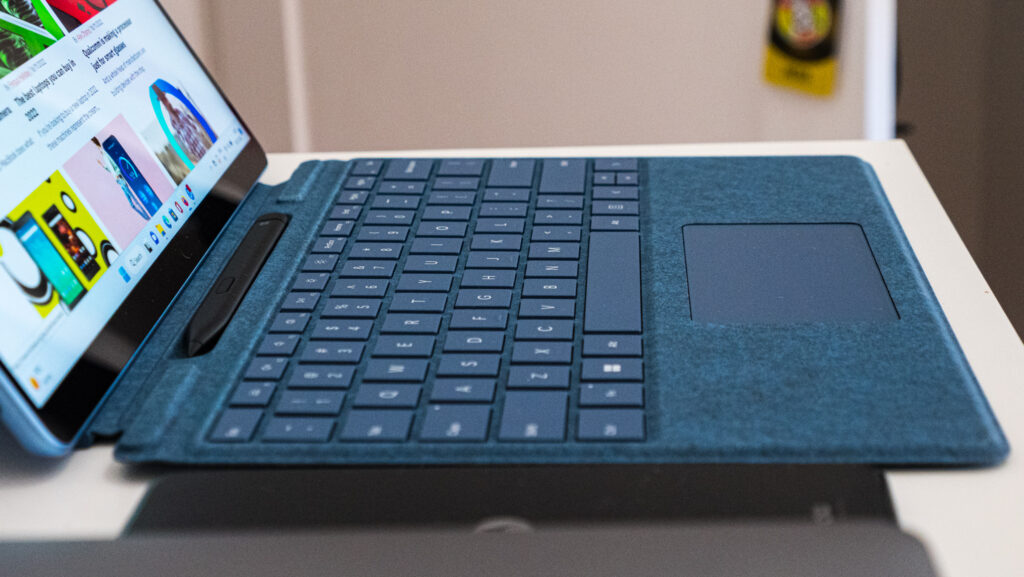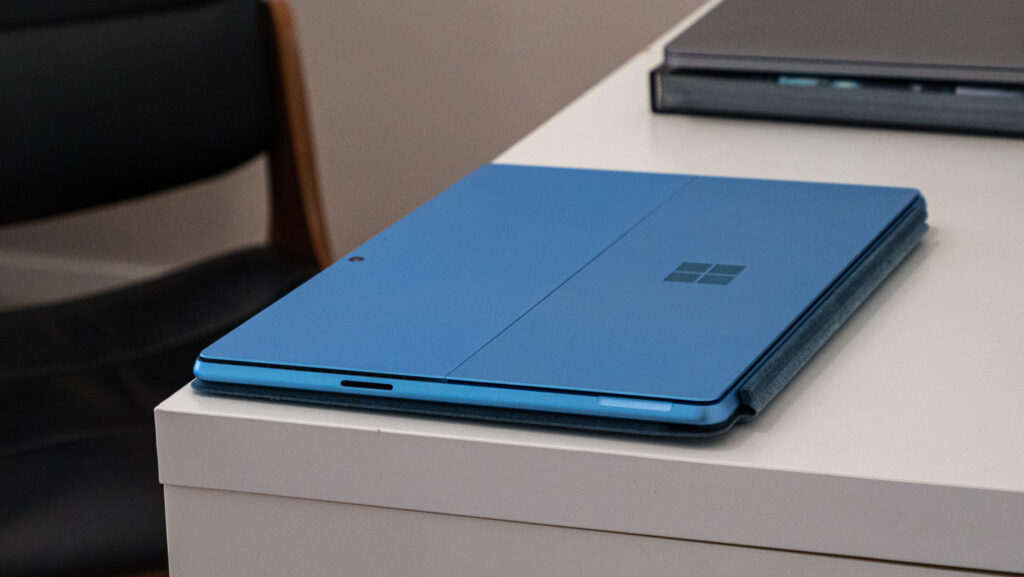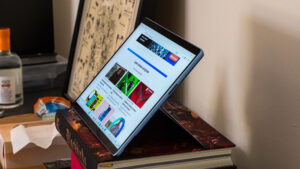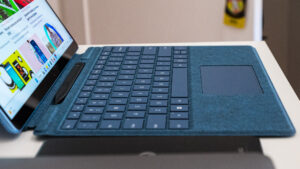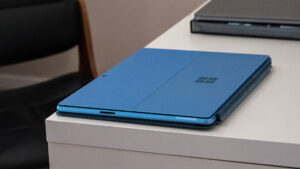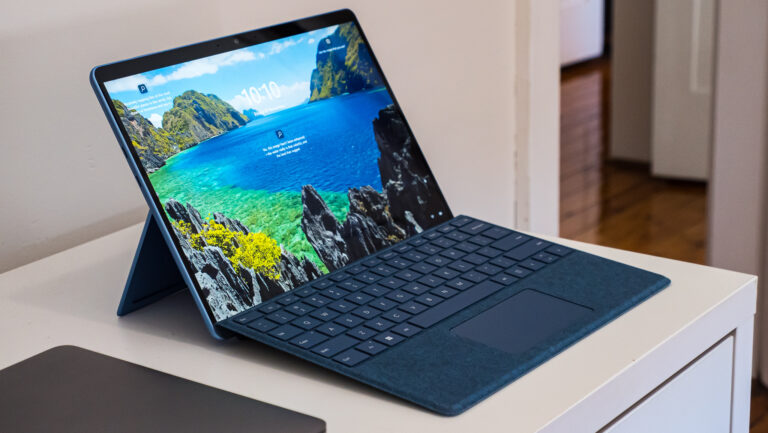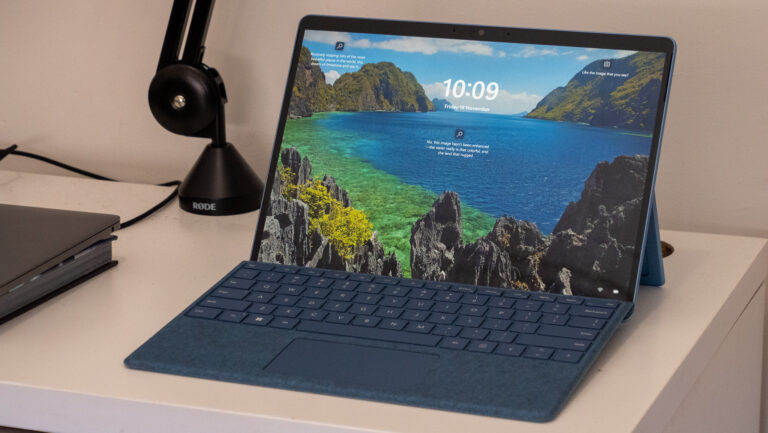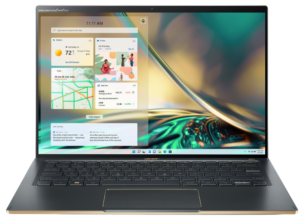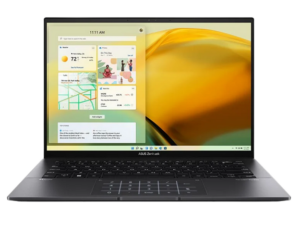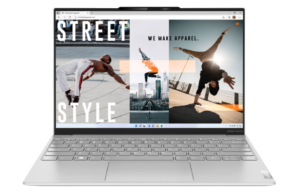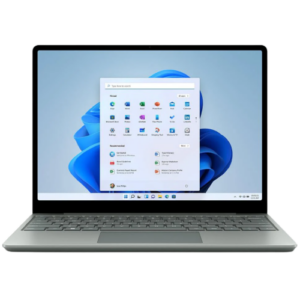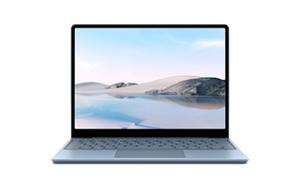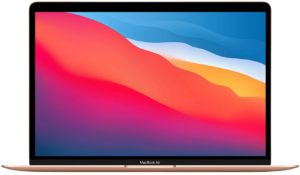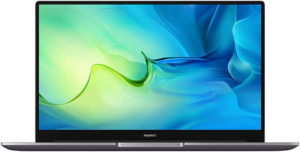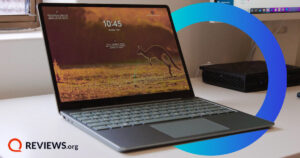Optus Mobile Review ALDI Mobile Review Amaysim Mobile Review Belong Mobile Review Circles.Life Review Vodafone Mobile Review Woolworths Mobile Review Felix Mobile Review Best iPhone Plans Best Family Mobile Plans Best Budget Smartphones Best Prepaid Plans Best SIM-Only Plans Best Plans For Kids And Teens Best Cheap Mobile Plans Telstra vs Optus Mobile Optus NBN Review Belong NBN Review Vodafone NBN Review Superloop NBN Review Aussie BB NBN Review iiNet NBN Review MyRepublic NBN Review TPG NBN Review Best NBN Satellite Plans Best NBN Alternatives Best NBN Providers Best Home Wireless Plans What is a Good NBN Speed? Test NBN Speed How to speed up your internet Optus vs Telstra Broadband ExpressVPN Review CyberGhost VPN Review NordVPN Review PureVPN Review Norton Secure VPN Review IPVanish VPN Review Windscribe VPN Review Hotspot Shield VPN Review Best cheap VPN services Best VPN for streaming Best VPNs for gaming What is a VPN? VPNs for ad-blocking For a round-up of how Surface Pro 9 pricing varies from retailer to retailer, check out the table below: The new Surface Pro 9 has a 13-inch screen with the same resolution as the previous model, but in this case, that familiarity is far from a bad thing. As with the Surface Pro 8, the touch-sensitive panel will play nice with your hands as well as Microsoft’s Surface Pen stylus. The bezels are likewise identical, and the similarities don’t stop there. Like its predecessor, the Surface Pro 9 is a detachable-style 2-in-1 laptop PC that comes with a built-in kickstand, a set of 2-watt Dolby Audio speakers, a Surface Connect port, a pair of Thunderbolt 4 USB Type-C ports and a 1080p webcam with Windows Hello support. Credit where it’s due, the display on Microsoft’s productivity PC is a delight to look at. The IPS panel here is colourful and sharp in all the right ways, though it lacks the pop and contrast that something with an OLED might be able to offer. Casting the conversation in the opposite direction, it’s difficult to imagine the Surface Pro 9 without the smooth scrolling afforded by the 120Hz refresh rate. The Surface Pro 9’s biggest draw might be inherited, but the appeal remains largely intact and undiminished. The refresh rate measures the speed at which a screen is refreshed per second. Although different to the response time, the value of this specification is somewhat similar. A screen with a higher refresh rate will offer smoother scrolling and animation. That said, if you’re a fan or like the look of Microsoft’s Surface tablets, the Surface Pro 9 does little to mess with the formula and the magic. What’s here is as sleek as it is smart. The stereo speakers pack a surprising amount of depth and clarity into the small form factor, though it is distinctly lacking in bass and it’s hard to muster too many complaints about a PC that’s this easy to slip into your bag and carry around with you. My review sample ran on an Intel processor, so I can’t speak too much to the difference in performance between the two models. However, I’ve had good experiences with ARM-based Windows PCs in the past so I wouldn’t dismiss this alternative out of hand. The early reviews for the ARM version of this year’s Surface Pro 9 I’ve read elsewhere seem mixed, but if the promise of 5G connectivity, longer battery life and new AI features that make use of a built-in NPU it might be worth considering. Those who opt for Intel will reap the benefits of greater compatibility that comes from keeping with convention, but if your workflow is almost entirely based out of a web browser and you like the sound of the trade-off involved, I could see you getting away with working within the limitations that are involved here.
The Microsoft Surface Pro 9 A Surface Connect charger and power brick
The big update here sees the 11th Gen Intel Core chips found in last year’s Surface Pro swapped out for their 12th Gen equivalents. This CPU centrepiece comes accompanied by the usual trio of RAM options (8GB, 16GB and 32GB) in a new LPDDR5 flavour. Those who opt for the SQ3-powered version of the Surface Pro 9 are stuck with slower LPDDR4 memory and lose out on the option of 32GB. Otherwise, both skews of the tablet can be kitted out with either 128GB, 256GB, 512GB or 1TB of M.2 SSD storage. In practice, I found that the performance delivered by the Intel Core i7-1255U inside my review unit was more than capable of delivering what I needed in terms of my usual workflows. It handled dozens of tabs in Firefox without missing a beat. All told, I’d put the performance squarely on the border between the top end of everyday performance and the bottom end of the enthusiast bracket. Everyday processors should be able to confidently meet basic performance requirements for most people. Email, social media and web browsing shouldn’t be a hassle, and while they aren’t able to handle graphically-demanding AAA releases, they should be able to run some indie or casual games. Enthusiast processors should be able to easily exceed the minimum requirements of most users and be powerful enough to handle some AAA gaming, though not at the highest fidelity. Extreme processors should be able to do anything you can think of. Games should run at high frame rates on the highest possible settings, and multitasking shouldn’t be limited in any significant way. As for the benchmarks side of things, my testing found that the Surface Pro 9 did a pretty good job of keeping pace with the competition. Across almost every test I threw at the tablet, it’d usually come out within 10% of what a laptop running the same 16GB of RAM and a slightly faster Core i7-1260P processor could do. Unfortunately, all too often, it was 10% in the wrong direction. The Surface Pro 9 delivers really impressive performance for a tablet of its size and stature, but if you are more inclined towards squeezing every drop of performance out of your PC, the extra thermal headroom that comes with a more traditional form factor may well be worth it and depending on the version of the Surface Pro 9 you’re comparing it against, it might even be cheaper. This familiar shortcoming extends into the battery life side of things as well. Burned down via video streaming on YouTube, the Surface Pro 9 took six hours and 32 minutes to go from 100% to nil. In context, that result paints a poor picture. It’s among the worst results we’ve encountered when it comes to laptop battery longevity and a fraction of what you can expect from Apple’s latest MacBook Air. It’s also worth noting that batteries can only go so big. Most airlines won’t allow you to take any device with a battery larger than 100Whr onboard, so most manufacturers treat that as an unofficial size limit. Otherwise, the hardware and design are almost identical across the two skews. Either way, you’re getting a 13-inch PixelSense display with a 120Hz refresh rate and Dolby Vision HDR, an improved 1080p camera, stereo speakers with Dolby Atmos and the flexibility that comes with the range’s familiar but iconic Surface kickstand. Microsoft’s flagship 2-in-1 is also available in a few extra colours this time around. Previous generations of the hybrid PC have opted for a single shade. Those who opt for this year’s crop have the option of either silver (Platinum), blue (Sapphire), green (Forest) or grey (Graphite).
Disney+All the usual Windows and Microsoft apps
If you know what you’re doing, have done your research and are happy with the tradeoffs, then the Surface Pro 9 is a definitive mix of mobility and performance. It’s a true 2-in-1 that is good enough at everything, but rarely exceptional at any particular thing. While Microsoft might like to frame its flagship tablets as universal in their appeal, the reality is that only those who know the rules of the game going in are able to really rack up much of a high score. The best way to do that is the pay for that extra storage and RAM. It’ll let you do more of what the Surface Pro 9 is good at and give you more room to breath than the default 128GB allows.
Screen size and type: Unlike upgradeable components like your GPU, RAM and storage, you’re stuck with the display you buy when you purchase a laptop. Is it a comfortable size? Does it offer a wide-viewing angle? Resolution: Similarly, you can’t change your display’s resolution after the fact. 1080p (Full HD) is the bare minimum these days and most laptops worth their price tag aim for 1440p at least (QHD or QuadHD) but you can also opt for 4K if you’re willing to spend a little extra. Refresh rate: A screen’s refresh rate is the measurement of how frequently it changes. If you play fast-paced multiplayer games like Call of Duty, you know that the difference a few milliseconds that a high refresh rate gets you can count for a lot. The higher the refresh rate, the better. Most conventional laptops offer 60Hz to 90Hz but fancier gaming laptops can offer 144Hz, 165Hz or even 240Hz screens. Ports and connections: Like your screen, ports will impact your everyday experience with a laptop, particularly if you use it for work. While you can work around this with USB hubs and adapters, a laptop with fewer ports than you need can quickly become a headache. Future-proofing: There are no hard and fast rules here but as a general suggestion, you’ll want to sure you’re laptop has the legs to survive a few years of technology improvements in any way you can. You can overshoot on your desired specs, spending more on a machine that’s more powerful than you currently need, or opt for a model or brand that has support for upgrades down the track. Check which features of the machine are upgradeable. The Dell XPS 15, for example, supports additional RAM, while Apple MacBooks do not.
Check out our dedicated laptop buying guide for more suggestions on shopping for the best laptop for your needs. If your next laptop doesn’t support upgrading your RAM later down the line, it’s usually smart to overshoot and aim for 32GB of RAM instead. If you’re looking to find out just how fast the RAM in your laptop is, the quickest way to do so is to identify the type of memory and then Google the standard expected speeds that it should offer. For example, LPDDR5 offers speeds of up to 6400Mbps while DDR4 memory can only rev up to 3200Mbps. If you want to go one step further and determine whether the RAM in your laptop is delivering the speeds it should be capable of offering, then it might be worth putting the hardware to the test with a benchmarking tool like Novabench. Simply put, laptops of this price segment tend to sidestep all the compromises of going cheaper while getting most of the performance you’ll get from spending more. If you’re going purely by the numbers, the Intel Core i9 is going to provide the best results. However, it’s also the most demanding in terms of thermal management. A laptop running an Intel Core i9 processor will be faster than one with an Intel Core i7 or Core i5, but it’ll also run hotter. If you’re an everyday or more casual user, an Intel Core i5 is probably going to be fast enough for you. If you’re more discerning or planning to play a lot of games, then the up-sell to an Intel Core i7 probably makes sense. As with desktop PCs, the processor is only part of the picture however. If your laptop lacks enough RAM or relies on a slower hard drive for file storage, that’ll act as a bottleneck on the performance of the machine as a whole.
